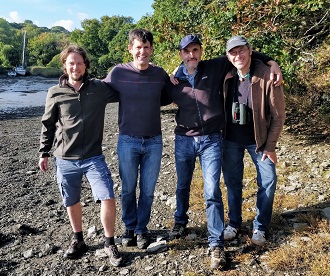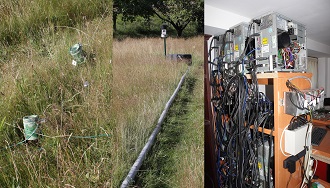The Evolution Highlights series highlights some of the interesting and varied papers published within the last few years in Evolution. The goal of these Evolution Highlights is to let our readers learn more about how the highlighted study came into existence, and to invite the authors to share stories and tips from the perspective of a recently published author. We welcome nominations and self-nominations for the Evolution Highlights. Find out how to submit a paper here.

"Comparing individual and population measures of senescence across 10 years in a wild insect population"
Rodríguez‐Muñoz, R., Boonekamp, J.J., Liu, X.P., Skicko, I., Haugland Pedersen, S., Fisher, D.N., Hopwood, P. and Tregenza, T. (2019), Comparing individual and population measures of senescence across 10 years in a wild insect population. Evolution, 73: 293-302. doi:10.1111/evo.13674
https://onlinelibrary.wiley.com/doi/full/10.1111/evo.13674
Abstract:
Declines in survival and performance with advancing age (senescence) have been widely documented in natural populations, but whether patterns of senescence across traits reflect a common underlying process of biological ageing remains unclear. Senescence is typically characterized via assessments of the rate of change in mortality with age (actuarial senescence) or the rate of change in phenotypic performance with age (phenotypic senescence). Although both phenomena are considered indicative of underlying declines in somatic integrity, whether actuarial and phenotypic senescence rates are actually correlated has yet to be established. Here we present evidence of both actuarial and phenotypic senescence from a decade‐long longitudinal field study of wild insects. By tagging every individual and using continuous video monitoring with a network of up to 140 video cameras, we were able to record survival and behavioral data on an entire adult population of field crickets. This reveals that both actuarial and phenotypic senescence vary substantially across 10 annual generations. This variation allows us to identify a strong correlation between actuarial and phenotypic measures of senescence. Our study demonstrates age‐related phenotypic declines reflected in population level mortality rates and reveals that observations of senescence in a single year may not be representative of a general pattern.
Evolution Highlight by Tom Tregenza
Centre for Ecology and Conservation, University of Exeter, Pernyn Campus

WildCrickets research group

Data collection